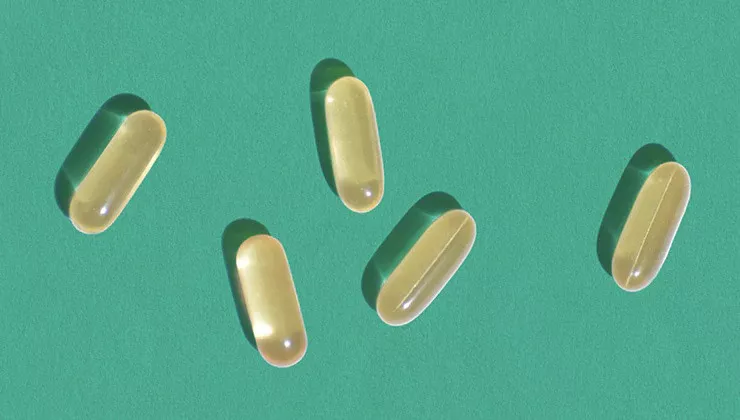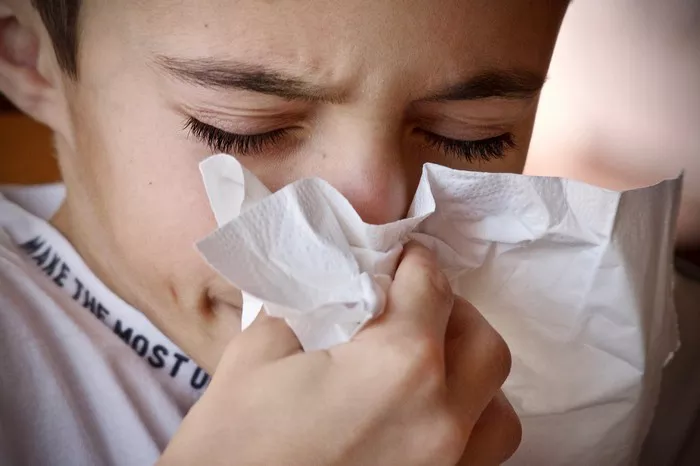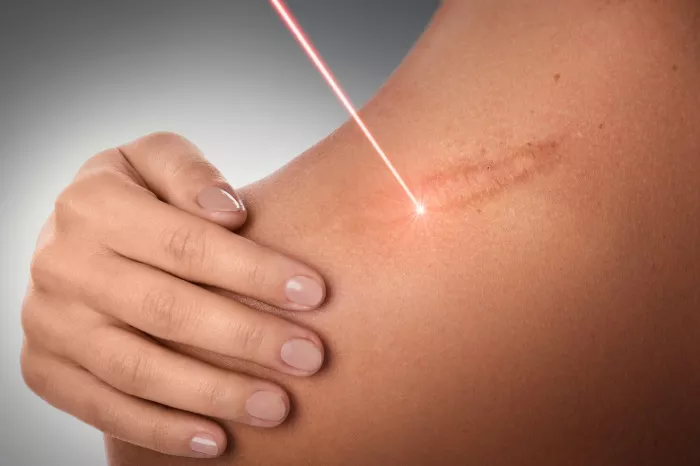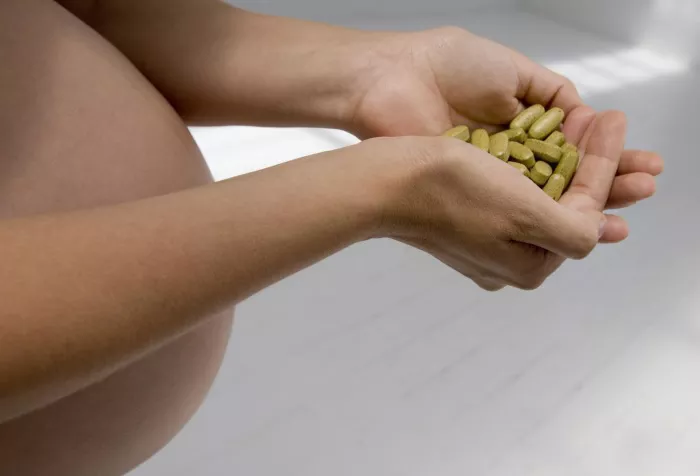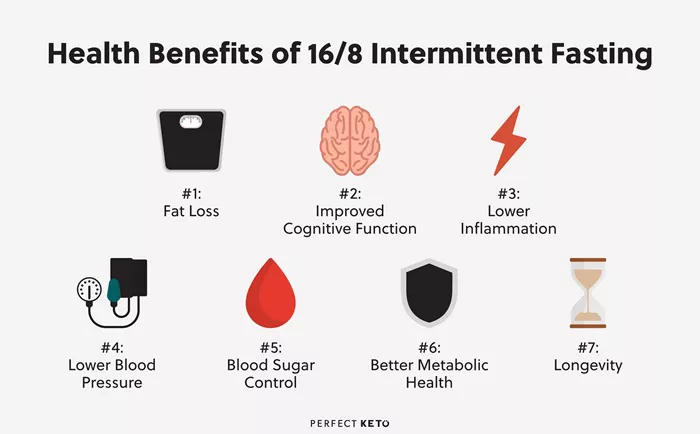Oily skin can be a blessing and a curse. While it often ages more slowly than other skin types due to its natural moisture, it is also highly prone to pimples and other blemishes. However, with the right knowledge and a consistent skincare routine, it is possible to keep oily skin clear and healthy. In this comprehensive guide, we will explore various strategies and tips on how to avoid pimples if you have oily skin.
Understanding Oily Skin and Pimples
Oily skin is characterized by an overproduction of sebum, the skin’s natural oil. Sebum is produced by the sebaceous glands, which are located in the dermis layer of the skin. When the sebaceous glands produce too much sebum, it can mix with dead skin cells and clog the pores. This creates an ideal environment for bacteria to thrive, leading to inflammation and the formation of pimples.
Pimples, also known as acne vulgaris, can manifest in different forms, including whiteheads, blackheads, papules, pustules, nodules, and cysts. Whiteheads occur when a pore is completely blocked and the sebum builds up beneath the skin’s surface. Blackheads, on the other hand, form when the pore is only partially blocked, and the sebum oxidizes when exposed to air, turning black. Papules are small, red, inflamed bumps, while pustules are similar but contain pus. Nodules and cysts are more severe forms of acne that are deeper and often leave scars.
Daily Skincare Routine
Cleansing
Cleansing is the cornerstone of any skincare routine for oily skin. It is essential to choose a gentle yet effective cleanser that can remove excess oil, dirt, and impurities without stripping the skin of its natural moisture. Look for a cleanser that is specifically formulated for oily or acne-prone skin and contains ingredients such as salicylic acid or benzoyl peroxide.
Salicylic acid is a beta-hydroxy acid (BHA) that penetrates deep into the pores to exfoliate and unclog them. It helps to dissolve the mixture of sebum and dead skin cells, preventing the formation of pimples. Benzoyl peroxide, on the other hand, has antibacterial properties and can kill the Propionibacterium acnes (P. acnes) bacteria that contribute to acne. However, benzoyl peroxide can be drying, so it is important to start with a low concentration and gradually increase if needed.
To cleanse your face, wet your skin with lukewarm water and apply a small amount of cleanser to your fingertips. Gently massage the cleanser onto your face in a circular motion, focusing on the T-zone (forehead, nose, and chin) where oil production is typically higher. Rinse thoroughly with lukewarm water and pat your face dry with a clean towel. Avoid using hot water as it can strip the skin of its natural oils and cause irritation.
Toning
Toning is an often overlooked but crucial step in the skincare routine for oily skin. A good toner can help to balance the skin’s pH level, remove any remaining traces of cleanser, and tighten the pores. Look for a toner that contains ingredients like witch hazel, tea tree oil, or glycolic acid.
Witch hazel is a natural astringent that can help to control oil production and reduce inflammation. Tea tree oil has antibacterial and antifungal properties, making it effective in preventing and treating acne. Glycolic acid, an alpha-hydroxy acid (AHA), can exfoliate the skin’s surface and improve its texture.
Apply the toner to a cotton pad and gently swipe it over your face and neck, avoiding the eye area. Let the toner dry naturally or pat it gently with your fingertips.
Moisturizing
Contrary to popular belief, oily skin still needs moisturization. Skipping moisturizer can cause the skin to produce even more oil in an attempt to compensate for the lack of moisture. Look for a lightweight, oil-free moisturizer that is non-comedogenic, meaning it won’t clog the pores.
Gel-based moisturizers are often a good choice for oily skin as they are easily absorbed and provide a cooling sensation. Ingredients like hyaluronic acid can help to hydrate the skin without adding extra oil. Hyaluronic acid is a humectant that can attract and retain moisture in the skin.
Apply a small amount of moisturizer to your face and neck and gently massage it in using upward and outward motions.
Exfoliating
Exfoliation is essential for removing dead skin cells that can accumulate on the surface of the skin and clog the pores. However, it is important not to overdo it, as excessive exfoliation can damage the skin’s barrier and lead to irritation.
For oily skin, a chemical exfoliant such as salicylic acid or glycolic acid is usually a better option than a physical exfoliant (scrubs with granules). Chemical exfoliants work more gently and evenly on the skin. You can use a salicylic acid-based exfoliating toner or a glycolic acid serum a few times a week, depending on your skin’s tolerance.
Apply the exfoliant to clean, dry skin and follow the product instructions carefully. After exfoliating, be sure to apply a moisturizer to soothe and hydrate the skin.
Dietary and Lifestyle Factors
Diet
What you eat can have a significant impact on the health of your skin. For oily skin and pimple prevention, it is advisable to follow a balanced diet that is rich in fruits, vegetables, whole grains, and lean proteins.
Foods that are high in refined sugars and carbohydrates can cause a spike in blood sugar levels, which in turn can lead to increased sebum production and inflammation. Avoid or limit your intake of sugary drinks, white bread, pastries, and other processed foods.
On the other hand, foods rich in antioxidants, such as berries, leafy greens, and nuts, can help to protect the skin from free radical damage and reduce inflammation. Omega-3 fatty acids, found in fatty fish like salmon, walnuts, and flaxseeds, can also help to improve skin health by reducing inflammation and regulating sebum production.
Hydration
Drinking an adequate amount of water is crucial for maintaining healthy skin. Water helps to flush out toxins from the body and keeps the skin hydrated from within. Aim to drink at least 8 glasses of water a day. You can also include herbal teas and fresh fruit juices (without added sugar) in your fluid intake.
Stress Management
Stress can have a negative impact on the skin. When you are stressed, your body produces hormones like cortisol, which can increase sebum production and lead to acne breakouts. Therefore, it is important to find effective ways to manage stress.
Some stress management techniques include regular exercise, meditation, deep breathing, yoga, and getting enough sleep. Exercise helps to reduce stress hormones and improves blood circulation, which is beneficial for the skin. Meditation and deep breathing can calm the mind and relax the body. Aim for 7-8 hours of sleep per night as lack of sleep can disrupt the body’s hormonal balance and affect skin health.
Makeup and Product Choices
Makeup
If you have oily skin and wear makeup, it is important to choose products that are oil-free and non-comedogenic. Look for foundations, concealers, and powders that are specifically formulated for oily or acne-prone skin.
Before applying makeup, make sure your skin is clean and well-moisturized. Use a primer to create a smooth base and help your makeup last longer. Avoid using heavy, creamy products that can clog the pores. Opt for powder-based products instead, as they can help to absorb excess oil throughout the day.
When removing makeup, use a gentle makeup remover that is suitable for your skin type. Follow up with your regular cleansing routine to ensure all traces of makeup are removed.
Skincare Products
In addition to choosing the right cleanser, toner, moisturizer, and exfoliant, be cautious about other skincare products you use. Avoid using heavy creams and lotions that are too rich for oily skin. Look for products that are labeled as “oil-free,” “non-comedogenic,” or “for acne-prone skin.”
When trying new skincare products, it is advisable to do a patch test first. Apply a small amount of the product to a small area of your skin, such as behind the ear or on the inner forearm, and wait 24-48 hours to see if any irritation or allergic reaction occurs.
Environmental Factors and Protection
Sun Protection
Protecting your skin from the sun is essential for overall skin health and can also help to prevent pimples. UV rays can damage the skin and cause inflammation, which can worsen acne. Use a broad-spectrum sunscreen with an SPF of at least 30 every day, even on cloudy days.
Look for a sunscreen that is lightweight and oil-free. Gel-based or matte finish sunscreens are often a good choice for oily skin. Apply the sunscreen generously to your face and neck, and reapply every 2-3 hours if you are outdoors for an extended period.
Pollution Protection
Air pollution can also affect the skin and contribute to pimple formation. Pollutants in the air can clog the pores and cause oxidative stress. Consider using a product that contains antioxidants, such as a serum or a day cream with vitamin C or E, to help protect the skin from pollution damage.
You can also use a face mask once or twice a week to help detoxify the skin and remove impurities. Look for masks that contain ingredients like charcoal, clay, or green tea, which can absorb excess oil and draw out toxins.
Conclusion
Having oily skin and dealing with pimples can be a frustrating experience, but with the right approach, it is possible to achieve clear and healthy skin. By following a consistent daily skincare routine that includes proper cleansing, toning, moisturizing, and exfoliating, making smart dietary and lifestyle choices, being cautious about makeup and product selections, and protecting the skin from environmental factors, you can significantly reduce the occurrence of pimples and maintain the health and appearance of your oily skin. Remember, consistency is key, and it may take some time to find the perfect combination of products and strategies that work best for your unique skin. Be patient and persistent, and you will be rewarded with beautiful, blemish-free skin.
Related topics:
How to Care for Oily Skin in Monsoon?














